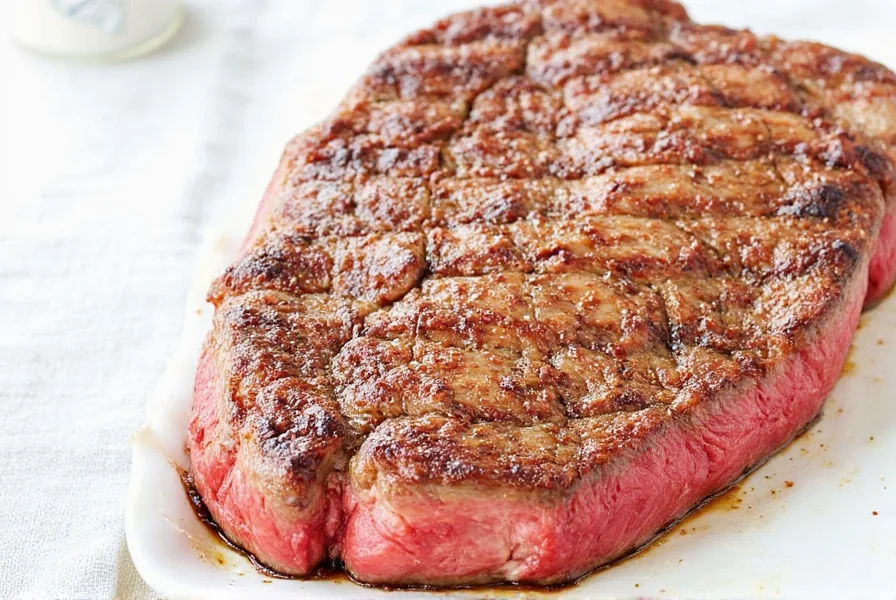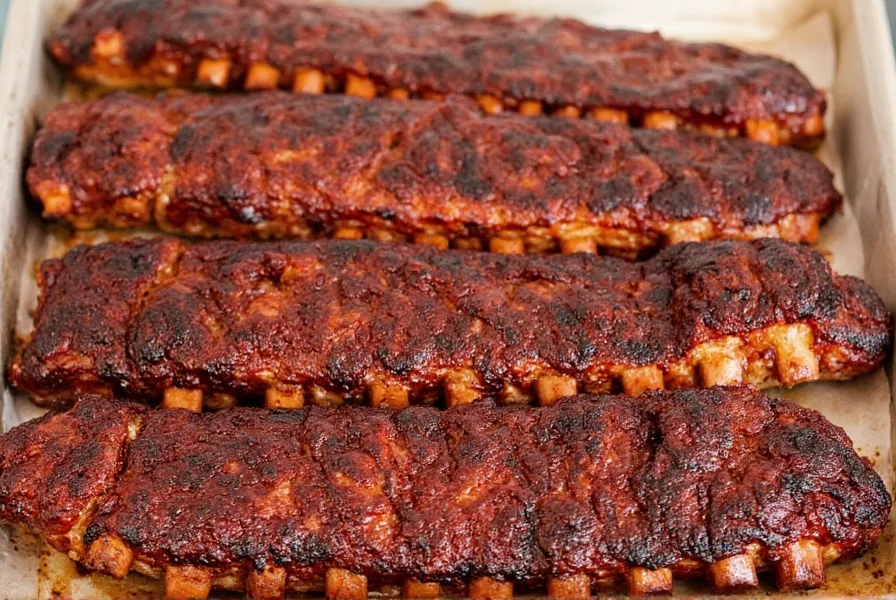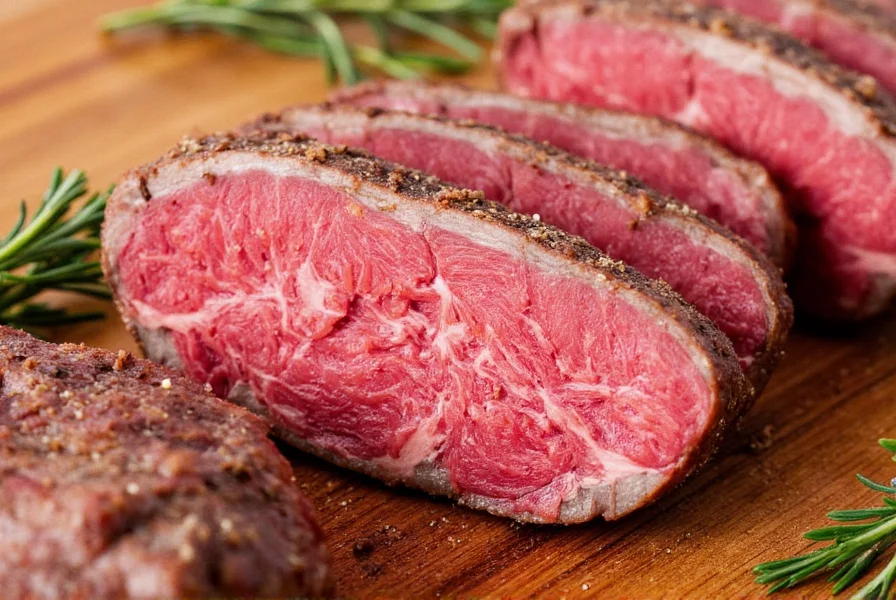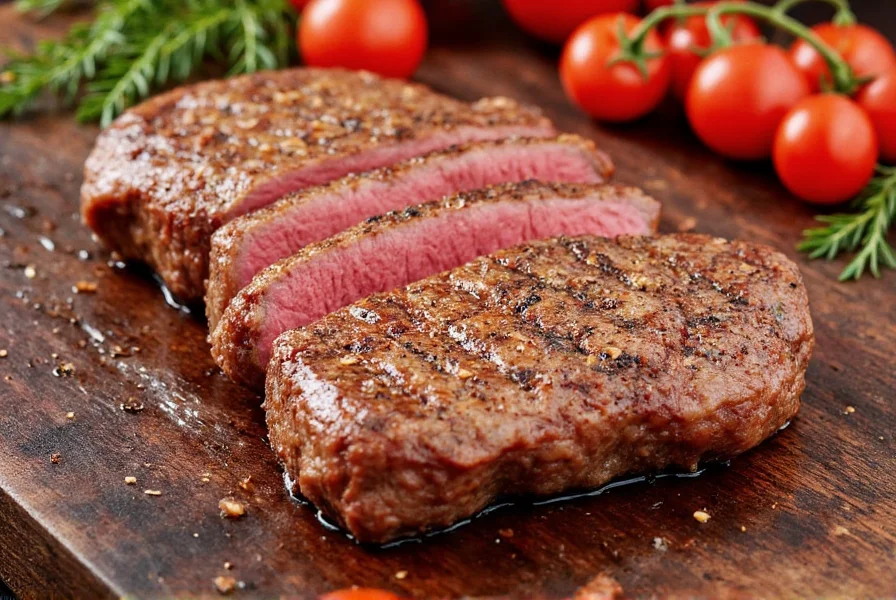Table of Contents
Introduction
Coarse sea salt and freshly ground black pepper are the essential seasonings for steak. These two ingredients form the foundation for flavor and crust development. Beyond these basics, garlic powder, onion powder, and smoked paprika are popular additions that enhance the natural beef flavor without overpowering it. Professional chefs and culinary experts agree that mastering these simple seasonings is key to preparing a perfect steak.

Seasoning Basics for Steak
Before diving into specific seasonings, it's important to understand the basics of seasoning steak. The goal is to enhance the natural flavors of the meat without overpowering it. A well-seasoned steak should have a balance of salt, pepper, and other complementary spices that bring out its richness and depth.
Most professional chefs agree that salt is the most critical seasoning for steak. It not only enhances taste but also helps form a delicious crust when seared. Black pepper is another staple, adding a subtle heat and complexity. Beyond these two, there are countless other seasonings that can be used to customize your steak to your liking.
Essential Seasonings for Steak
Here's a list of the most commonly used and highly recommended seasonings for steak:
- Coarse Sea Salt: Adds a clean, briny flavor and helps create a beautiful crust.
- Black Pepper: Provides a nice contrast to the richness of the meat.
- Garlic Powder: Adds a savory, umami-packed layer of flavor.
- Onion Powder: Offers a sweet, slightly pungent note that complements beef well.
- Smoked Paprika: Brings a smoky, slightly sweet flavor that pairs beautifully with grilled or seared steaks.
- Dried Herbs (like thyme, rosemary, or oregano): Add an aromatic lift and complexity.
- Cayenne Pepper or Chili Flakes: For those who like a little heat.
- Worcestershire Sauce: A liquid seasoning that adds tangy depth and umami.
- Mustard: Can act as a binder and add a slight tanginess.

While these are the essentials, the real fun comes in experimenting with different combinations. Some popular flavor profiles include:
- Classic: Salt, black pepper, and garlic powder.
- Herb-Infused: Rosemary, thyme, and a touch of lemon zest.
- Smoky: Smoked paprika, cumin, and a dash of cayenne.
- Garlicky: Garlic powder, onion powder, and a splash of Worcestershire sauce.
Practical Tips for Seasoning Steak
Now that you know the basics, here are some practical tips to help you get the most out of your seasoning:
- Season Generously: Don't be shy with the salt and pepper. A generous coating ensures even flavor distribution and a better crust.
- Let It Rest: After seasoning, let the steak sit at room temperature for about 30 minutes before cooking. This allows the salt to penetrate the meat and improves texture.
- Use Fresh Spices: Dried spices lose potency over time. Use them within a year for the best flavor.
- Pair with Butter or Oil: Adding a pat of butter or a drizzle of oil during cooking can help distribute the seasoning more evenly and enhance the overall flavor.
- Experiment with Flavors: Don't be afraid to try new combinations. Sometimes the most unexpected pairings result in the best flavors.

Buying Guide: Choosing the Best Seasonings
| Product Name | Features | Advantages | Use Cases | Target Audience | Suitable Occasions |
|---|---|---|---|---|---|
| Penzeys Coarse Sea Salt | Large granules, natural sea salt | Enhances flavor and forms a perfect crust | Grilling, pan-searing, roasting | Chefs, home cooks, steak lovers | Weekend dinners, special occasions |
| McCormick Black Pepper | Freshly ground, whole peppercorns | Provides a bold, sharp flavor | Seasoning, marinades, sauces | Home cooks, food enthusiasts | Everyday meals, dinner parties |
| Garlic Salt by Lawry's | Blend of salt and garlic powder | Convenient and flavorful | Seasoning, seasoning blends, rubs | Beginners, casual cooks | Quick meals, family dinners |
| Old Bay Seasoning | Mix of spices including celery salt, paprika, and cayenne | Adds a unique, zesty flavor | Seafood, meats, vegetables | Adventurous cooks, seafood lovers | Barbecues, seafood feasts |
| Trader Joe's Smoked Paprika | Smoked Spanish paprika | Offers a rich, smoky flavor | Marinades, rubs, sauces | Smoke lovers, grilling enthusiasts | Summer cookouts, grilled dishes |
When choosing seasonings, consider the type of steak you're cooking, the cooking method, and your personal flavor preferences. High-quality seasonings can make a huge difference in the final taste of your dish.
Frequently Asked Questions
What are the most essential seasonings for steak?
The absolute essentials for steak seasoning are coarse sea salt and freshly ground black pepper. These two create the foundation for flavor and help develop that perfect crust when seared. Beyond these basics, garlic powder, onion powder, and smoked paprika are excellent additions that enhance the natural beef flavor without overpowering it.
When should I season my steak before cooking?
For best results, season your steak at least 40 minutes before cooking, or up to 24 hours in advance if refrigerated. This allows time for the salt to penetrate the meat and break down proteins, resulting in more evenly seasoned meat and better texture. If you're short on time, you can season immediately before cooking, but the flavor won't be as deeply integrated.
How much salt should I use on steak?
A good rule of thumb is to use about 1 teaspoon of coarse salt per pound of steak. Don't be afraid to be generous—remember that much of the salt stays on the surface and helps create that delicious crust. For best results, sprinkle evenly on both sides and gently press it into the meat. If using table salt, reduce the amount by about half since the crystals are smaller and more concentrated.
Can I use fresh herbs instead of dried ones on steak?
Yes, but with some considerations. Fresh herbs like rosemary and thyme can be used, but they're best added toward the end of cooking or as a finishing touch since high heat can burn them. For the initial seasoning, dried herbs work better because they're more concentrated and can withstand high searing temperatures. If using fresh herbs in a rub, chop them finely and mix with oil to help them adhere to the meat.
What seasoning works best for different steak cuts?
Different cuts benefit from slightly different approaches. Richer cuts like ribeye can handle bolder seasonings like garlic and smoked paprika. Leaner cuts like filet mignon shine with simpler seasoning—just high-quality salt and pepper often suffices. For tougher cuts like flank steak, consider a marinade with acid (like Worcestershire sauce) to help tenderize, plus robust flavors like cumin and chili powder that can penetrate the meat.
Do I need to marinate steak or is dry seasoning enough?
For most high-quality steaks, a simple dry rub is sufficient and often preferable to marinating. Dry seasoning creates that perfect crust when seared, while marinades can sometimes prevent proper browning. However, for tougher cuts or if you want deeper flavor penetration, a short marinade (2-4 hours) can be beneficial. The exception is very thick cuts, which benefit from dry seasoning alone to ensure proper surface browning before the interior overcooks.
Should I use kosher salt or sea salt for steak?
Both work well, but there are differences. Kosher salt has a clean salt flavor and its larger crystals make it easy to pinch and control the amount you're using. Sea salt, particularly coarse varieties, adds subtle mineral notes and creates an excellent crust. The key is to use a salt with larger crystals that distribute evenly and don't dissolve too quickly. Avoid table salt for seasoning steak before cooking, as its fine crystals can lead to over-salting.
Conclusion
Knowing what seasonings to put on steak is a skill that every serious cook should master. From the essential salt and pepper to more adventurous options like smoked paprika and garlic powder, the right combination can transform a simple cut of meat into a culinary masterpiece. By understanding the basics, following practical tips, and choosing quality ingredients, you'll be well on your way to creating the perfect steak every time.

So next time you fire up the grill or turn on the stove, remember: the secret to a great steak lies in the seasonings. Experiment, taste, and enjoy the process. After all, cooking is about creativity and passion—and what better way to express that than through the flavors on your plate?










 浙公网安备
33010002000092号
浙公网安备
33010002000092号 浙B2-20120091-4
浙B2-20120091-4